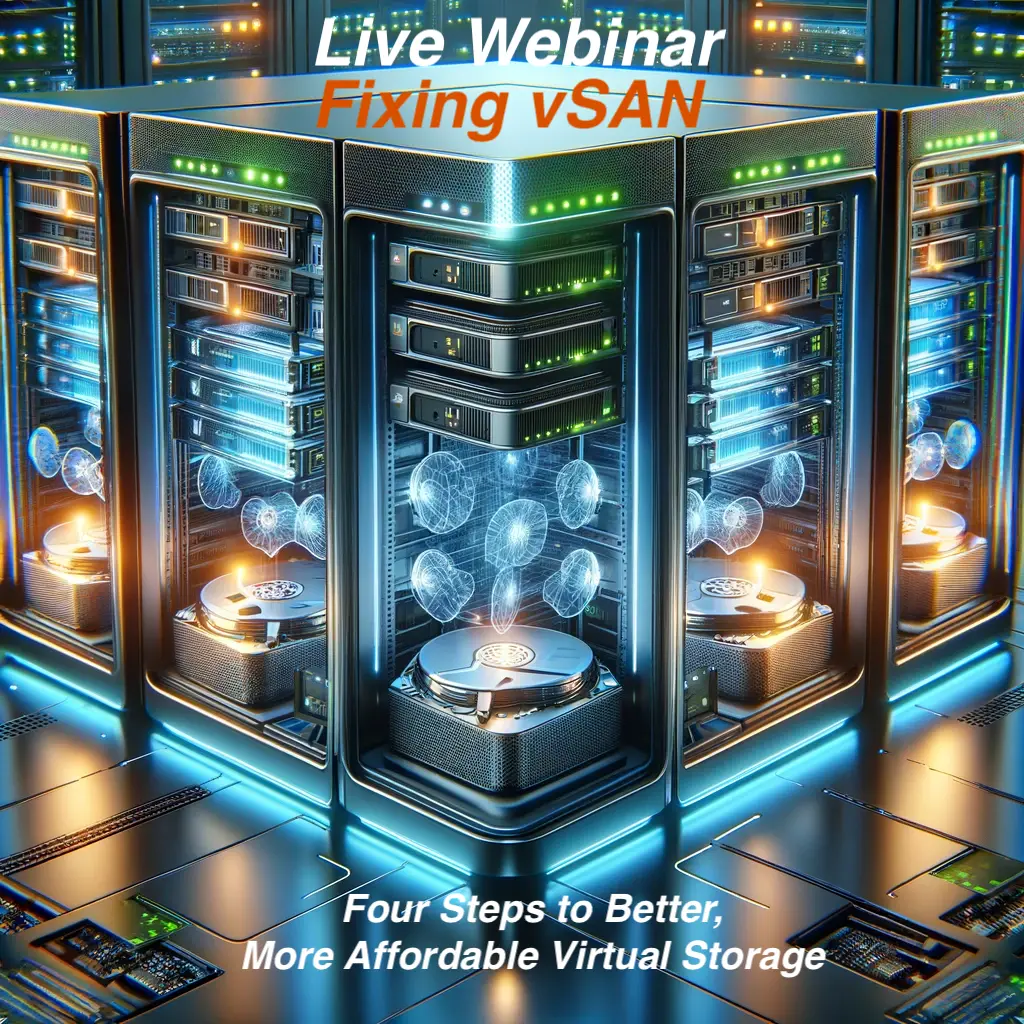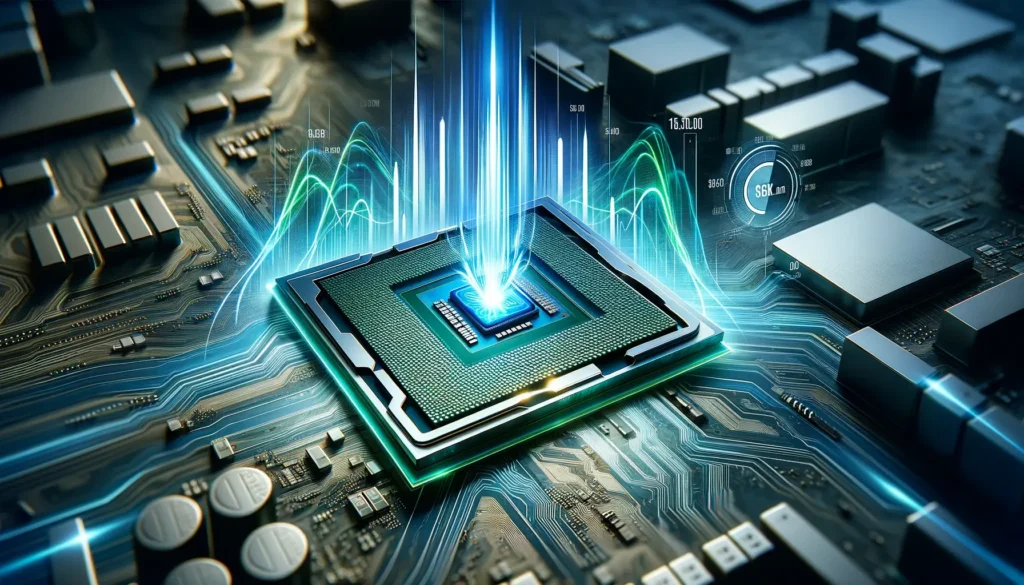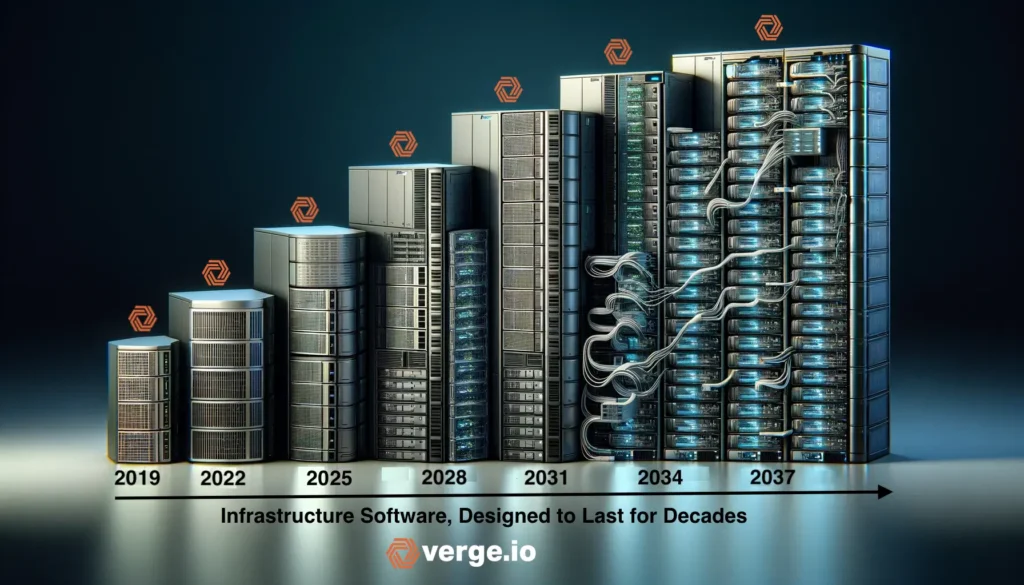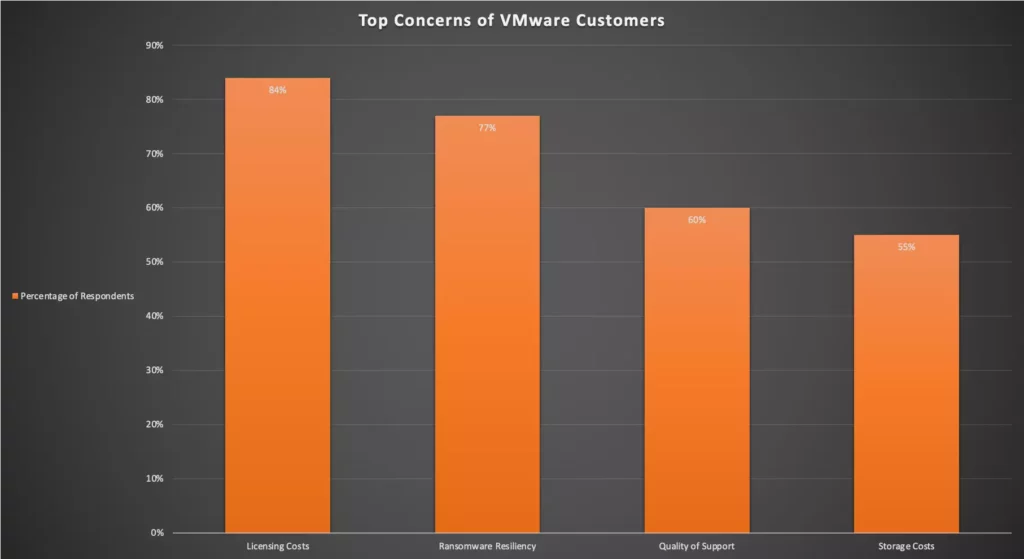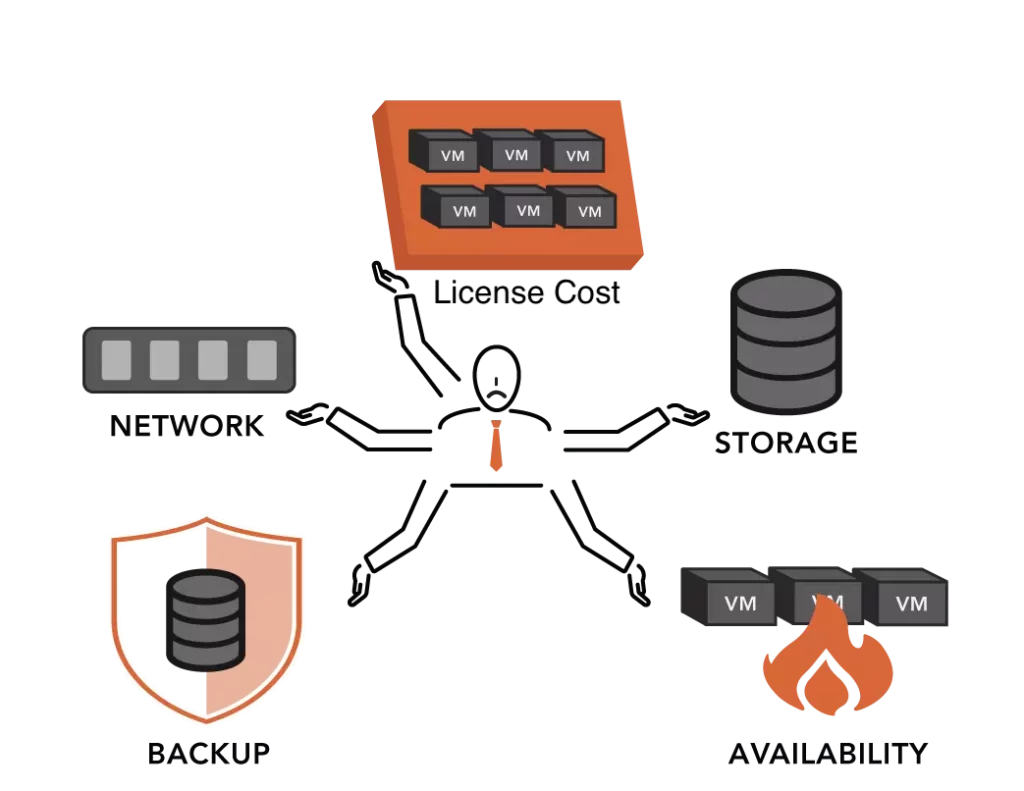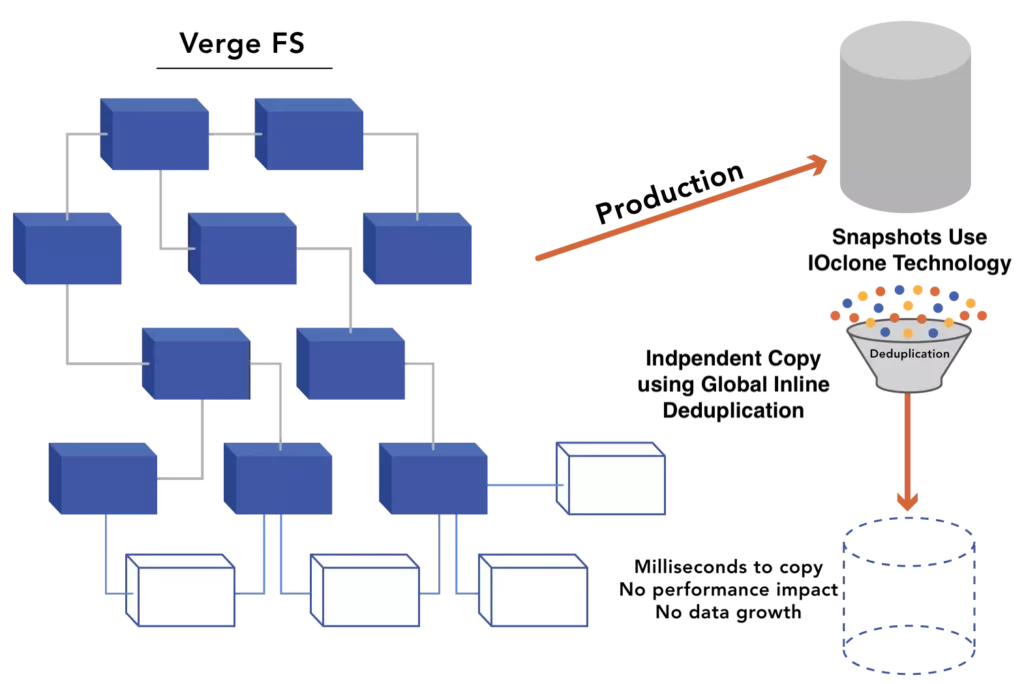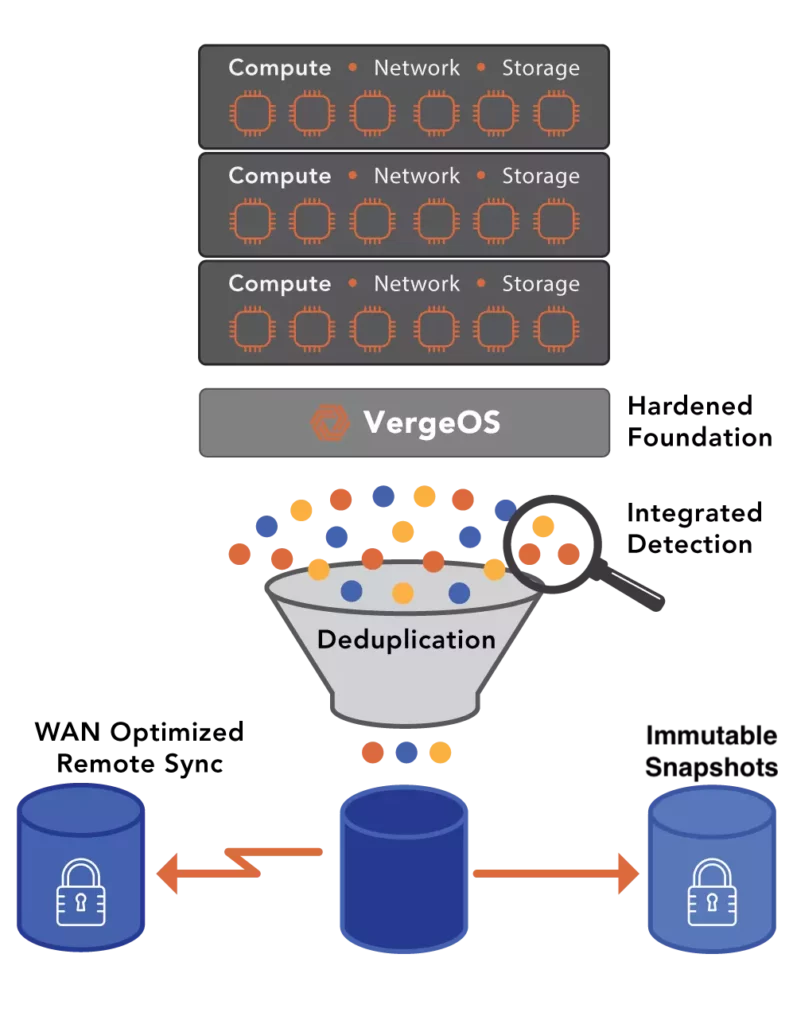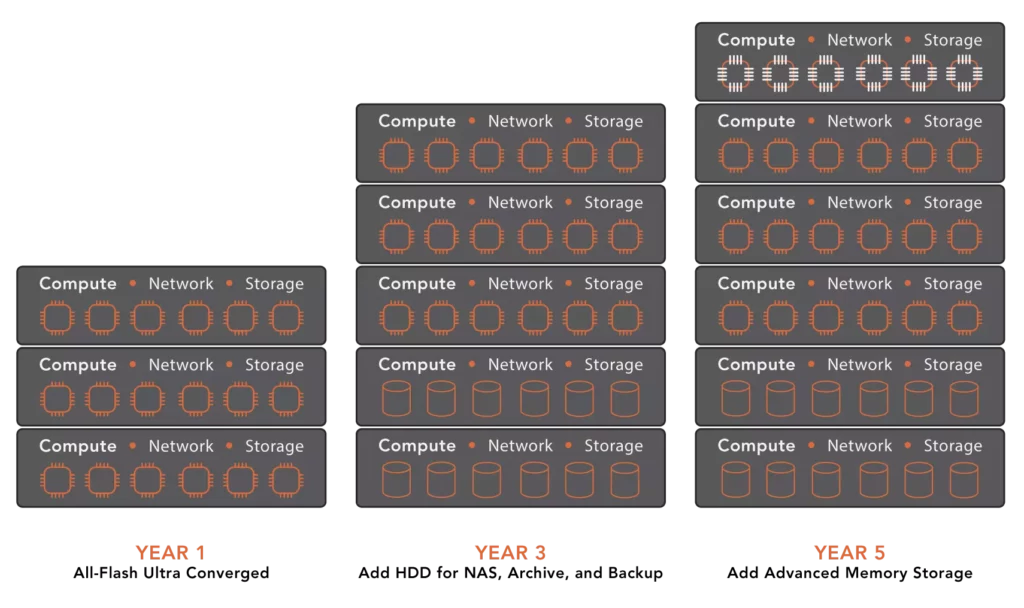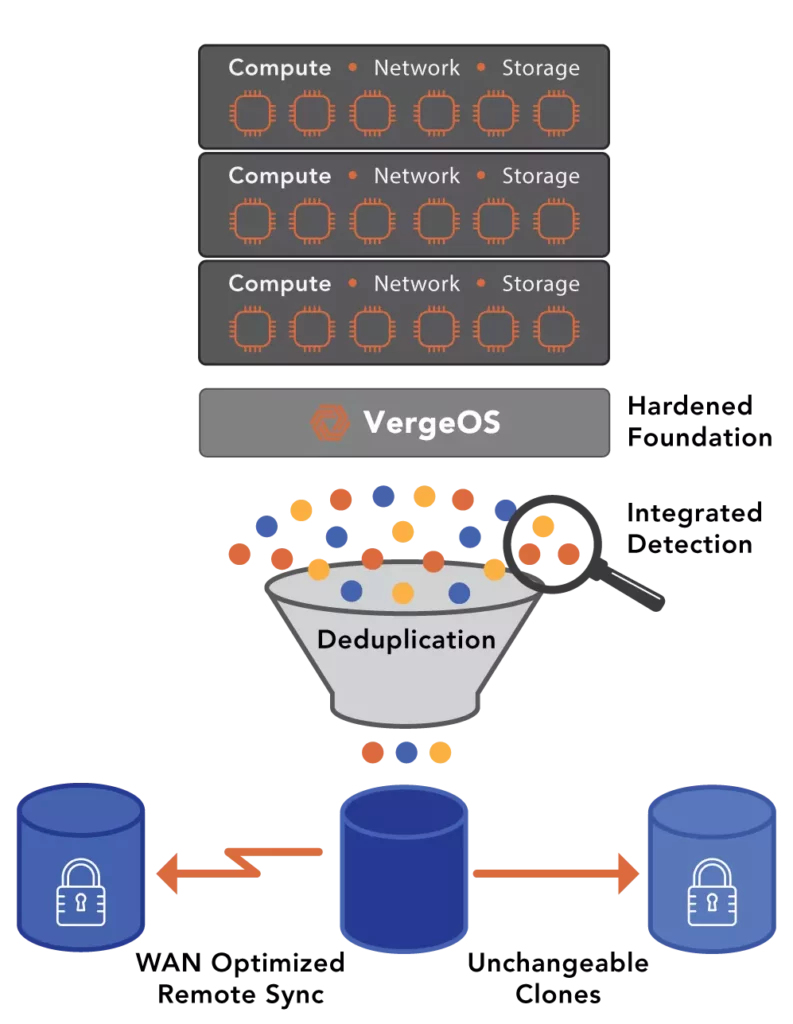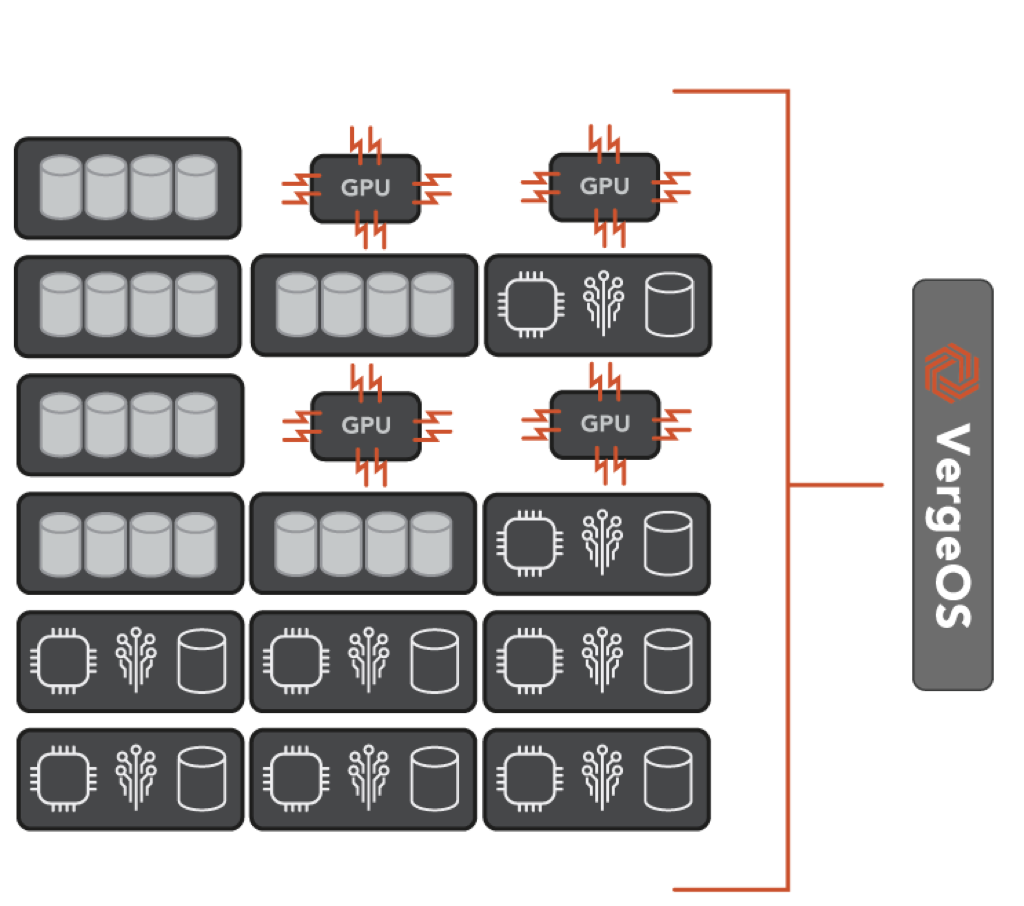IT professionals often reject hyperconverged infrastructure (HCI) because they want to integrate HCI into their traditional three-tier architecture, and most HCI solutions can’t meet this requirement. HCI vendors also only focus on three tiers of the typical data center: networking, virtualization, and storage. However, a fourth tier is far too often overlooked: data availability and protection.
VergeOS’ Ultraconverged Infrastructure (UCI) can integrate into a customer’s traditional three-tier architecture. In this article, we will cover how VergeOS enables a more gradual onramp to UCI instead of a complete overhaul on day one and allows you to use components from each of your existing tiers.
UCI, an HCI Solution You Actually Want

The concept of HCI has merit. Take the data center tiers running on dedicated, vendor-provided hardware and reenable them as software, converging that software onto a single commodity server, liberating the organization from vendor lock-in and markups. The problem faced when IT attempts to integrate HCI into a traditional three-tier architecture is that HCI doesn’t truly converge anything. HCI stacks these tiers as software packages on top of each other, essentially recreating the same technology stack within a single server. It also forces them to exclude external SANs and existing servers.
UCI changes this by collapsing these stacks into a single, cohesive operating environment that is significantly more efficient. This elegant code base reduces overhead by as much as 30% while improving performance. The result is a VMware Alternative that is more portable, performs better, and provides improved data resilience.
UCI, an HCI Solution That Supports Fibre Channel SANs
One of the largest investments in the data center is the storage tier. If you have hundreds of thousands of dollars invested in a fibre-channel (FC) storage area network (SAN), you will want to integrate HCI into your traditional three-tier architecture so that you can continue to benefit from your significant investment. The problem is that most HCI solutions don’t support them. Because VergeIO owns all the code within VergeOS at a very deep level, we have taken the necessary steps to support fibre-channel-attached storage.
When using VergeIO and a FC SAN, you’ll need a physically local drive in each server to load VergeOS and store metadata, but the VM data can reside on the FC array. You’ll create a LUN as a virtual drive for each node that contributes to storage for the VergeOS instance. The VergeOS will manage and aggregate virtual drives into a pool that the VMs can use for data storage. VergeOS will also provide an additional layer of protection from hardware failure and add a deduplication capability. If your array already has deduplication, you can turn it off or leave it on; we’ve been unable to measure any noticeable performance impact.
In the future, when it is time to add additional capacity to the environment, you have options. First, you can continue to add capacity to your existing FC array, or you can take advantage of the 10X cost savings of using internal server class NVMe SSDs and/or HDDs. Also, as new storage technologies come to market, there is a much higher likelihood of them being supported sooner under VergeOS than waiting for the storage vendor to retrofit their designs to support them.
UCI, an HCI Solution That Supports Blade Servers
VergeOS is unique in that it can run a variety of different servers within the same instance. You can mix different server manufacturers, processor generations, and even processor manufacturers (Intel and AMD). You can also mix different server configurations. Some servers can be storage-heavy, and others can be processor-heavy.

Blade servers are processor-heavy nodes because they can only support a limited amount of internal storage. This makes blade servers problematic for IT professionals looking to integrate HCI into a traditional three-tier architecture. It forces them to reconsider the server strategy, which blade server customers are reluctant to do.
To incorporate a blade server into the VergeIO instance, you need to have either one internal drive store to boot VergeOS, or VergeOS also supports PXE booting, so an internal drive is not required. From there, the blade server can access its data from the shared pool of storage that VergeOS creates from the other nodes, or in the aforementioned FC SAN. In fact, if the blade server is FC equipped, it can “contribute” storage to the overall instance by assigning it a LUN as described above. Hosting storage does require slightly more RAM, so it is best to review the exact configuration with our technical architects.
As is the case with storage, VergeOS brings added flexibility for server expansion or refreshes. When it comes time to upgrade or expand your server infrastructure, you can continue to add blade servers or use standard 1U, 2U, or larger commodity servers of your choice.
UCI, an HCI Solution That Supports External Networks

VergeOS has a robust set of layer 2 and layer 3 networking functionality, but its use is optional. If you’ve invested in one of the market leaders for networking functionality, VergeOS can easily interoperate with them. As with the above, as time goes on, you can decide to use some of the network functionality built into VergeOS, saving you the cost of additional dedicated appliances, or you can continue to use your current vendor. To learn more about VergeOS, watch our Networking Fundamentals video.
UCI, an HCI Solution That Supports Third-Party Backup
VergeOS’ Data Availability Services combined with ioGuardian capabilities lessen IT’s dependency on the backup infrastructure for most recovery efforts, and many customers decide that is all the protection they need. VergeOS provides an in-guest agent that can quiesce when applying consistent snapshots. Still, some customers want to use third-party backup solutions to meet these requirements:
Copy of Last Resort
VergeOS can export the VMs’ raw files via an NFS mount point that almost any backup product can browse to meet compliance or vendor-independent data copy requirements to a different storage system, even tape.
File Level Restoration
As we show in this video, several types of file-level restoration can be done by leveraging VergeOS snapshots. Customers who want a centralized file-level recovery can install an in-guest agent from their backup software application into the virtual machines that are likely to require single-file recoveries.
Again, most customers find they can meet 100% of their data protection and recovery needs using VergeIO. Still, its support of third-party backup products enables IT to continue to use these solutions if required, or until they gain full confidence in VergOS’ capabilities.
Conclusion
Schedule a Technical Deep Dive on VergeOS
VergeOS’ Ultraconverged Infrastructure (UCI) effectively addresses the challenges of integrating HCI into a traditional three-tier architecture by supporting diverse hardware, including blade servers and FC SANs, and offering robust networking capabilities and data protection. As a versatile VMware alternative, VergeOS truly converges data center tiers into an efficient environment, allowing organizations to leverage existing investments and adapt to future technologies. This combination of compatibility, enhanced performance, and cost savings makes VergeOS’ UCI a very practical choice for modernizing IT infrastructure.
